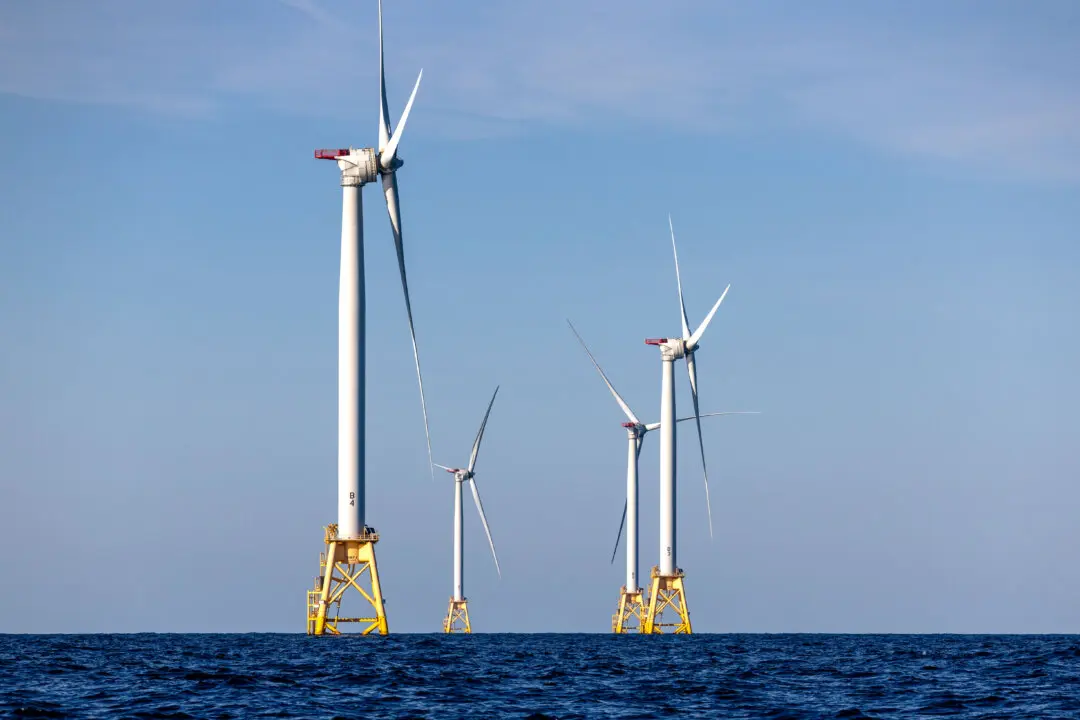At least 150 residents in New Bern, North Carolina, were still waiting to be rescued as Hurricane Florence made landfall, forcing a life-threatening storm surge of floodwater inland and shredding structures in its path.
“We have 2 out-of-state FEMA teams here for swift water rescue. More are on the way to help us. WE ARE COMING TO GET YOU,” authorities in New Bern tweeted at 8:27 a.m. on Sept. 14.




